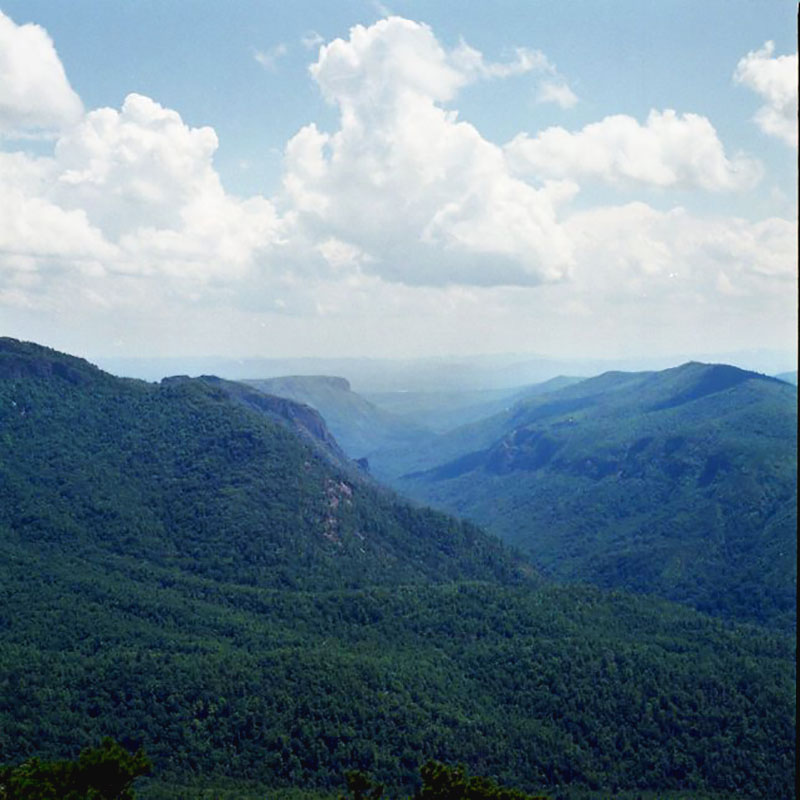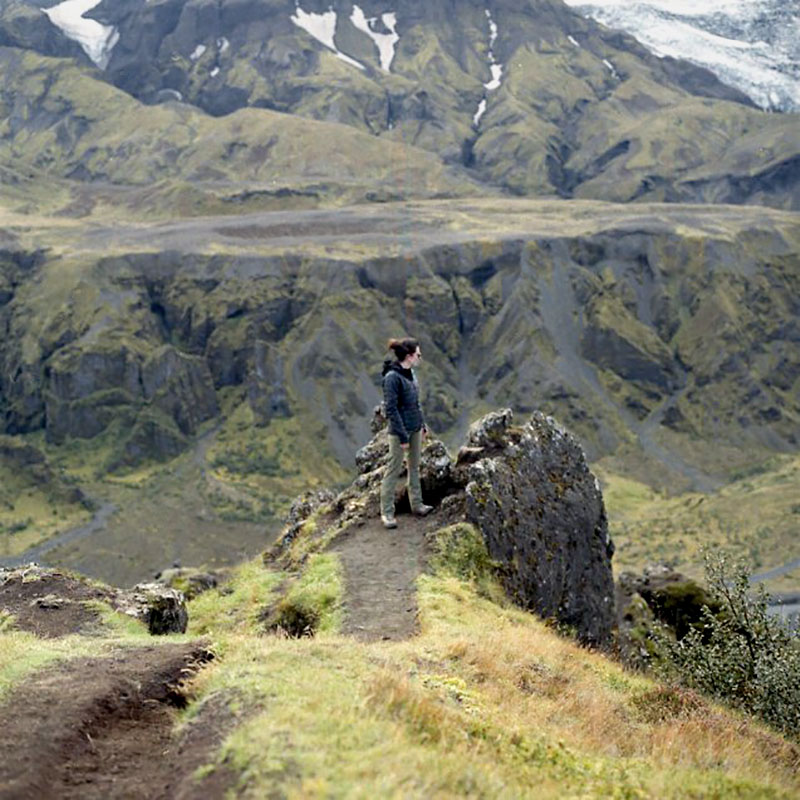In the digital realm, memory cards with almost-unlimited, deletable memory hold the majority of our images of the outdoors, and computer-based editing lets you fine-tune that nearly perfect shot. But, shooting nature the old-fashioned way has its benefits, too.
First things first: Film will cost you. It will cost you time, it will cost you space in your backpack, and it will most definitely cost you money. If you’re like me, it’ll likely also cost you sleep, as you think about what you could have done differently with a certain frame. Or, maybe, it will cost you a few gray hairs, as you anxiously wait to see how the processed negatives from an exciting sojourn abroad turned out.
But, film photography can also change the way you think about making images or even what you decide to shoot. With time, it’ll make you a better photographer and more a part of the moments you choose to document. Ultimately, it’ll change the way you see, and it’s a lot of fun to use!

Where Do I Begin?
Get started by picking up a film camera. Hit up a tag sale or a flea market. Or, poke around the internet a bit to see what strikes your fancy—Craigslist and eBay are both excellent resources. In all cases, 35mm film cameras are widely available, and the film typically has 24 or 36 exposures per roll. Medium-format cameras take 120 film, which is a bit bigger and produces a larger negative. Generally speaking, though, these cameras—and their film—are a little less accessible. They’re less forgiving, too, usually producing just 12 images per roll.
You can get your film on eBay or at a tag sale, but it does have an expiration date. As a side note, using expired film can produce some cool effects. However, you’re probably safer sourcing from a camera supply store (yes, they still do exist). Tip: Buy film in bulk to save some money and refrigerate it. Cooling it down significantly extends its lifespan.

Packing It Up
Next, the hard part: Finding room in your bag. Full disclosure: There is nothing ultralight about this. The film adds weight, and the older cameras have more in common with bricks than today’s backcountry equipment, but remember how much fun you’re having.
Personally, I only drag a camera along when I’m going somewhere far away, as opposed to a walk through the local park, and want to get the most out of photographing the experience. I’m also not lugging it on longer backpacking trips, where weight and space are serious issues. Overall, consider where you’re going and how much you want to carry. It will take some trial and error to figure out how many exposures you’re going to make, and you’ll likely need to drag some unnecessary ounces around before you find a good fit.
Also—and this is no different from using digital equipment—make sure you have a way to keep your gear dry. If you’re carrying the extra stuff, it’s a whole lot nicer to have it working than not.

The Downsides and Upsides
It’s worth noting that film is expensive—infinitely more so than if you just whipped out your existing phone and fired away. You’ve got the camera setup and the film, and then, you have to get it processed and either printed or digitally scanned. Most opt for the latter, unless you’re looking to gift or sell any of your images. All in all, it’s not cheap.
But, consider this a positive and use it to your advantage. Instead of running around with your phone out the whole time, take the opportunity to be deliberate and present. When you have a price tag attached to each image and a finite number of potential exposures, you’re going to really see what’s around you before raising your camera. Being in the moment ultimately helps you make better images and, moreover, connects you to what’s around you more than ever before.
Lastly, just have fun with it. Like getting out into the woods after a long work week, treat shooting film as a change of pace. Time in the backcountry seems to slow down in such a tremendous way that it only makes sense to capture it with a fitting medium.

John Lepak
John Lepak is an art director, graphic designer, and weekend mountaineer. He hasn’t met a rock scramble he didn’t like, and spends his free time either in the mountains or obsessively cooking Mexican food. When John isn’t pushing pixels, crushing miles, or making the best carnitas caseras you’ve ever tasted, you can find him living the dream in the Connecticut woods with his family. Follow him at @jhlepak.
Related Posts
April 2, 2024
10 Tips for Mountain Biking Etiquette During Mud Season
One rough spring could ruin the…




